Community Involvement in Wildfire Risk Map: Your Chance to Get Involved!
At CRT, we’ve mentioned the debut of a potentially awesome tool in the wildland urbane interface wildfire prevention toolbox – the statewide wildfire risk map.
Developed by the Oregon Department of Forestry(ODF) and Oregon State University, the map is now online, but clearly stakeholders have questions. So following procedure, ODF is holding a series of community information sessions, starting July 26 and 27 in southwest Oregon. Each session will include a presentation about the map’s function and purpose, how wildfire risk is assessed, and how property owners may appeal their assigned risk class.
Time will be available to address questions from community members. CRT encourages everyone to attend. This is an excellent opportunity to get firsthand information, and to participate in a process that will undoubtedly have an affect (as we have unfortunately seen in previous fires) either yourself, or a loved one, or your community.
The wildland-urban interface (WUI) and statewide wildfire risk map available through the Oregon Explorer is a tool to help inform decision making and planning related to mitigating wildfire risk for communities throughout Oregon.
Representatives from Oregon State University who produced the map based on rules adopted by the Board of Forestry will also attend the sessions. The first set of meetings is in southwest Oregon. Two sessions are currently scheduled, one in Medford, and one in Grants Pass. Both meetings are from 7-8 p.m. Dates and locations for each community meeting are as follows:
July 26, Grants Pass— Anne G. Basker Auditorium, 500 NW 6th St.
July 27, Medford—Medford Public Library, 205 S Central Ave.
Details will soon be announced for sessions in The Dalles, La Grande, and Bend. Additional community meetings may be added. Property owners in the high and extreme risk classes will receive written notice from ODF this week indicating the property’s risk class and whether it’s in the wildland urban interface. The notice will inform them if they may be subject to future defensible space or building code requirements and how to find information on those requirements. It will also provide information on the process to appeal a property’s risk classification.
For properties in the WUI and a risk classificationof high or extreme, Senate Bill 762 requires actions to help mitigate the risk of wildfire through adoption of defensible space and home hardening building codes. This is all part of the process to keep Oregon and its communities safer.
Oregon State Fire Marshal is passing defensible space requirements through a public process. Code adoption of defensible space requirements will occur December 2022, after the map validation and appeals period is closed. Those requirements won’t apply until later. Building codes will be adopted October 1, 2022 and will be effective April 1, 2023.
This is all good news. The more data we have, the better communities and first responders and residents can address flammable conditions.
